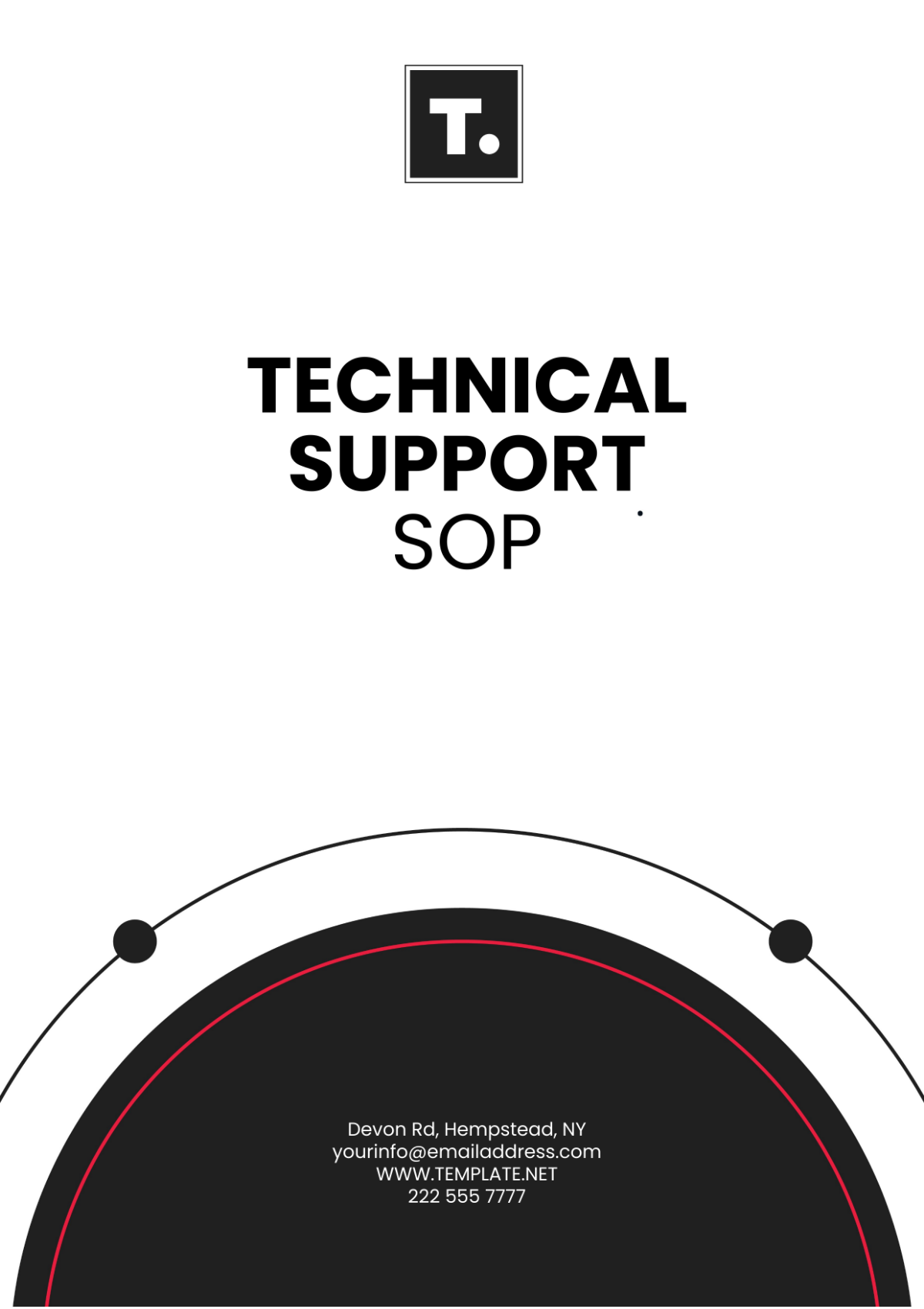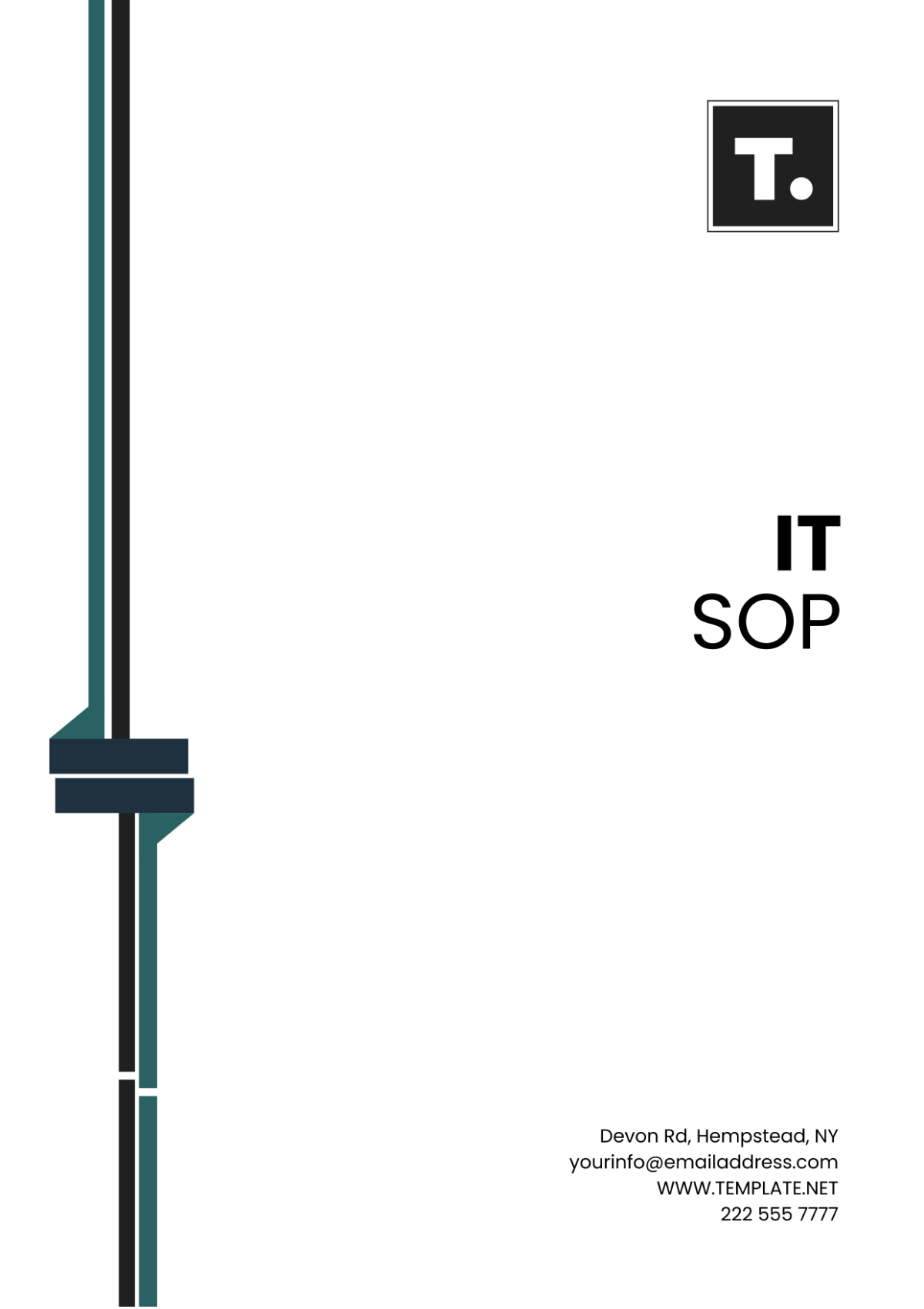Free Coffee Shop SOP
Standardize your operations with the Coffee Shop SOP Template from Template.net. This editable and customizable document provides clear, step-by-step procedures for tasks like drink preparation, customer service, and cleaning protocols. Fully editable in our Ai Editor Tool, it helps ensure consistency and quality in daily operations.






























